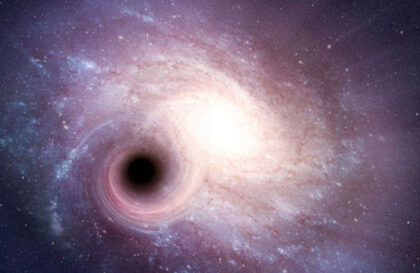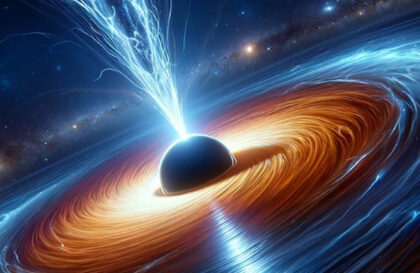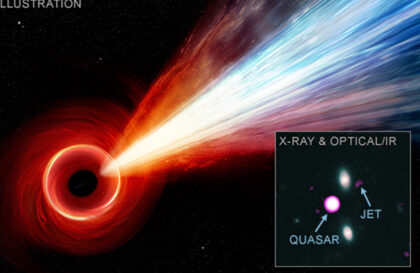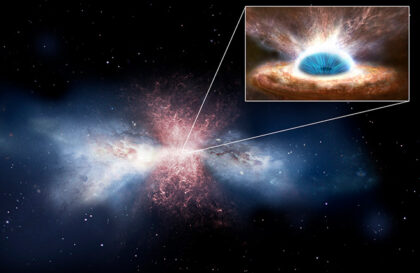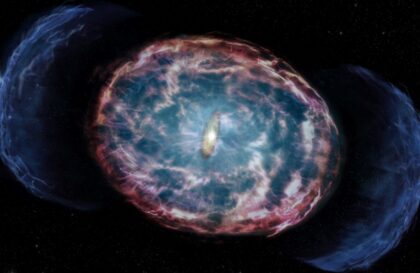We do not see black holes, but we see their influence. They are not empty. With their attraction, they create an accretion disk of particles that, due to their high speed, emit gamma and X-rays. Telescopes use this radiation to detect black holes. Another way to detect a black hole is the strange movement of gas and stars, indicating a huge gravity.
Any object can become a black hole
For an object to turn into a black hole, mass and high density are needed. The sun will turn into a black hole if it is compressed to 3 km in diameter. The Earth must be compressed to less than 9 mm to become a black hole.
If the Sun becomes a black hole, the Earth will continue to rotate in its orbit.
Theoretically, even a single atom can form a black hole.
Scientists believe that there are quantum or primordial black holes. They are thought to be dark matter. Tiny holes should be destroyed by quantum effects, and the smallest ones should explode immediately after birth.
Theorists suggest that small black holes can be created by collisions in the modern universe and even on Earth. True, this will require gigantic energy. Black holes could be born at the Large Hadron Collider at CERN.
How are black holes formed?
A black hole is the result of an explosion of a huge star with the formation of a supernova.
The famous super-powerful black hole with a mass of 1 billion suns is, oddly enough, not in the center of the galaxy. Perhaps as a result of the collision, she was thrown to the sidelines as a result of a powerful explosion comparable to the birth of 100 million supernovae. It moves at a speed of 7.5 million km/h. From the Earth to the Moon, she needs only 3 minutes. For such a hole, an incredible number of stars are needed.
Scientists have discovered the closest black hole to Earth, Gaia BH1, which is ten times the size of the Sun and lies 1,600 light-years away in the direction of the constellation Ophiuchus.
The biggest black hole
At the center of the Milky Way lies a supermassive black hole, Sagittarius A*, with a mass of 4.6 million solar masses. But it is only 17 times larger than the Sun. If placed in place of the Sun, it would be within the orbit of Mercury.
However, the discovered black hole exceeded all expectations of scientists. The black hole Sagittarius A* is like a small asteroid compared to the Sun. This is a quasar. The quasar was discovered in 1957. Its brightness is 140 trillion suns. His name is TON 618. He outshines the entire galaxy with light. At its center is a black hole with a mass of 66 billion suns. The distance to it is 10.4 billion years. It is the result of the merger of several black holes.
Scientists suggest that there may be a new class of black holes – colossally massive more than 100 billion solar masses.
If black holes keep growing, do they last forever?
Black holes not only “swallow” matter. They also lose mass through Hawking radiation. For example, a black hole with a mass of 100 million suns takes 4.5 billion years to lose 50% of its mass.
After the explosion and extinction of all the stars, black holes will still be in the universe.
Credit рhoto:
https://www.nasa.gov
https://www.nasa.gov

